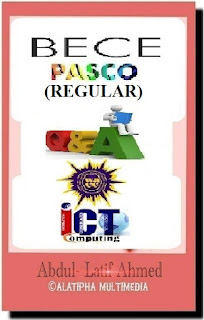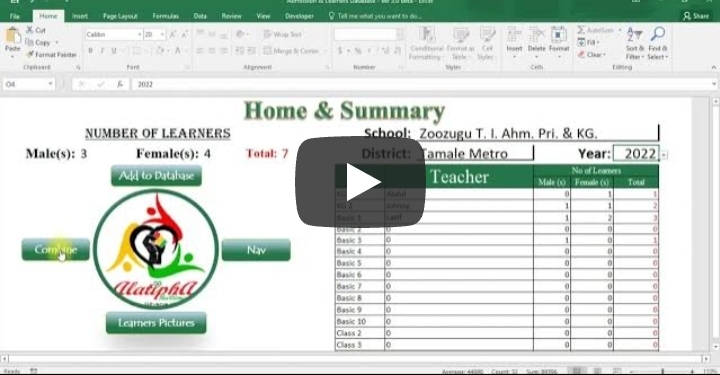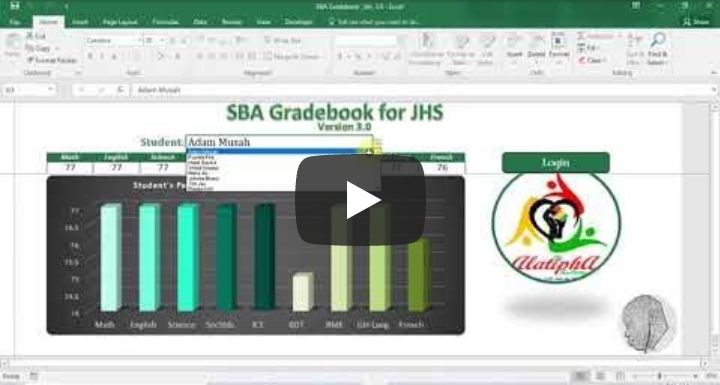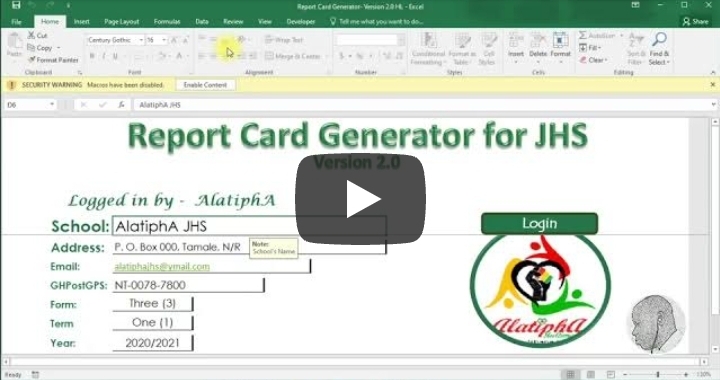Chapter 5: Classroom Management I - Establishing the Learning Climate
Chapter 5: Classroom Management I - Establishing the Learning Climate
Chapter Overview
For most teachers, confronting some sort of classroom management problem is a daily occurrence. These problems may include simple infractions of school or classroom rules, or they may involve more serious events, including disrespect, cheating, obscene words and gestures, and open displays of hostility.
The management of your classroom must begin with developing trusting relationships with your students. Without mutual feelings of trust and respect, you will be unable to assume the role of an instructional leader in your classroom. To accomplish this, we discuss how you can:
- Design an orderly workplace that promotes your academic goals.
- Develop rules for the workplace that create group norms that students respect and follow.
- Change in the face of unproductive rules, routines, and procedures.
- Maintain a workplace that fosters feelings of belonging and group solidarity.
- Know how to seek help from other school professionals and from parents.
This chapter introduced you to motivation and classroom management. Its key terms and main points were:
Characteristics of Nurturing Classrooms
Three characteristics of a nurturing classroom are mutual trust and confidence between teacher and learners, unconditional acceptance of every learner’s potential to learn, and opportunities for exploration and discovery.
Earning Trust and Becoming a Leader
Five types of social power or leadership that a teacher can strive for are:
- expert power,
- referent power,
- legitimate power,
- reward power, and
- coercive power.
Stages of Group Development
Four stages through which a successful group passes are:
- forming,
- storming,
- norming, and
- performing.
Amiable Limit Testing
- Distancing is a type of amiable limit testing in which group members challenge academic expectations and rules to establish under what conditions they do or do not apply.
- Centering is a second type of amiable limit testing in which learners question how they will personally benefit from being a group member.
Diffusion and Crystallization
Two basic processes by which norms develop are diffusion and crystallization.
- Diffusion occurs when different academic and social expectations held by different members are spread throughout the group.
- Crystallization occurs when expectations converge and crystallize into a shared perspective.
Establishing an Effective Classroom Climate
Classroom climate is the atmosphere or mood in which interactions between you and your students take place. A classroom climate can be created by the social environment, which is related to the patterns of interaction you wish to promote in your classroom, and by the organizational environment, which is related to the physical or visual arrangement of the classroom.
The social climate of the classroom can range from authoritarian (in which you are the primary provider of information, opinions, and instruction) to laissez-faire (in which your students become the primary providers of information, opinions, and instruction).
Your role in establishing authority in the classroom and the social climate can vary. You can adopt different roles, including the following:
- Commander in chief who carefully controls and hones student behaviour by organizing and providing all the stimuli needed for learning to occur
- Translator or summarizer of ideas provided by students
- Equal partner with students in creating ideas and problem solutions
The social climate of your classroom also can vary, depending on how competitive, cooperative, or individualistic you wish the interactions among class members to be.
Differences among these include extent of opportunities for students to express opinion, time devoted to student talk, and spontaneity with which your students are allowed to respond.
The Organizational Environment
The term organizational climate refers to the physical or visual arrangement of the classroom, determined by the positioning of desks, chairs, tables, and other internal features of a classroom.
The degree of competition, cooperation, and individuality in your classroom is a result of the social and organizational climate you create.
Establishing Rules and Procedures
Rules can relate to one or more of four distinct areas:
- Academic work
- Classroom conduct
- Information you must communicate your first teaching day
- Information you can communicate later
Rules can be communicated orally, on the board, on a transparency, or in a handout. Rules for the early elementary grades should be presented orally, provided as a handout, and posted for reference. Rules for the elementary grades and junior high school may be recited and copied by students. Rules for high school may be given orally and then posted.
The following suggestions will help you develop classroom rules:
- Make rules consistent with your climate.
- Don't make rules that cannot be enforced.
- Specify only necessary rules.
- State rules generally enough to include different but related behaviours.
- Your inability to enforce a rule over a reasonable period of time is the best sign you need to change the rule.
Problem Areas in Classroom Management
Monitoring students, making transitions, giving assignments, and bringing closure are four particularly troublesome areas of classroom management.
- With-it-ness is a form of monitoring in which you are able to keep track of many different signs of student engagement at the same time.
You can convey assignments positively and motivate learners in the following ways:
- Use praise and encouragement.
- Provide explanations.
- Offer to help.
- Accept diversity.
- Emphasize reward, not punishment.
Problems during transitions most frequently occur when learners are not ready to perform the next activity and do not know what behaviour is appropriate during the transition.
Homework assignments should be given immediately following the lesson or activities to which they relate and without negative connotations.
Closing statements should gradually bring a lesson to an end by combining or consolidating key points into a single overall conclusion, by summarizing or reviewing key content, or by providing a symbol system so students can easily store and later recall the contents of the lesson.
Learner Diversity and Classroom Management
You may use the following methods to bridge cultural gaps in the classroom:
- Establish an open, risk-free climate.
- Plan lessons that meet student interests and needs.
- Allow for activities and responsibilities congruent with learners' cultures.
Planning your first day
Planning your first day:
- Introduce yourself
- Prepare an introductory activity
- Communicate rules and expectations
- Introduce your subject
- Close with a note of encouragement
Professional Learning Community (PLC)
A learning community is a classroom with teacher and students arriving at some common beliefs, values, or understandings in the process of learning together.
Building and maintaining a learning community across all classrooms in a school that contributes to a school and district-wide learning community is called a professional learning community, or PLC.
Multiple Choice Questions
Instructions
Click on 'Details' below to begin the test
2. Of all the types of power a teacher can have, the two that teachers have to earn are.....
3. Keeping up to date with developments in their field, completing in-service and graduate programs, attending seminars and workshops are ways teachers achieve.....
4. Maria is having trouble with her schoolwork and it is just the fourth week of school. She can't concentrate during class on what the teacher is saying. Her best friend moved to another city over the summer and Maria has not yet found a friend or group of friends to be a part of. Maria feels she has no one with whom to share her feelings. She will continue to have problems until.....
5. Distancing and centering behaviours are a normal part of group development. However, these are more likely to happen when a teacher.....
6. Classroom norms are.....
7. In the upper grades, the most flexible classroom furniture arrangement is.....
8. Rules and procedures needed for effective classroom management are rules.....
9. A teacher's ability to keep track of more than one thing at a time is called.....
10. Problems in transition occur because.....
True/False
Instructions
Click on 'Details' below to begin the test
2. A teacher can exhibit referent power from the first day of class by giving students a sense of belonging and acceptance.
3. Classrooms have norms when most of the students agree on what is and is not socially acceptable classroom behaviour.
4. Social psychologists believe that the process of group formation begins when its members agree to go against the norms of the group.
5. Establishing rules and procedures is one of the least important classroom management tasks.
6. The written format for an interdisciplinary unit is the same format used for a disciplinary unit.
7. The teacher cannot alter the classroom climate, but should work for student success regardless of the climate.
8. During the first few weeks of school, teachers should focus almost exclusively on school work and rules and exclude concerns about inclusion concerns of students.
9. Not enforcing rules consistently will keep rules from being effective.
10. Closure is simply ending the lesson.
11. Teachers can do very little to influence classroom norms.
12. The physical arrangement of a classroom contributes little to the overall social climate.
13. Referent power is the kind of influence a teacher gains with students when they feel their teacher is trustworthy, fair, and concerned about them as individuals.
14. If group members rebel against group norms, it is a sure sign that the norms were improperly established.
15. One of the best ways to communicate "withitness" is through use of eye contact.
16. Studying Reward power is so strong that it eradicates the value of any other kind of teacher power in the classroom.
17. It is helpful to display a listing of prior assignments somewhere in the classroom for students who miss class or need to make up work for some reason.
18. Coercive power is the most effective type of social power teachers can use to establish a healthy and productive classroom environment.
19. Competitive activities have little value in establishing or maintaining an effective classroom climate and should thus be avoided.
20. Even if a lesson has gone well, closure is still important to help students remember what was learned and place it in perspective.





.png)



























Comments
Post a Comment